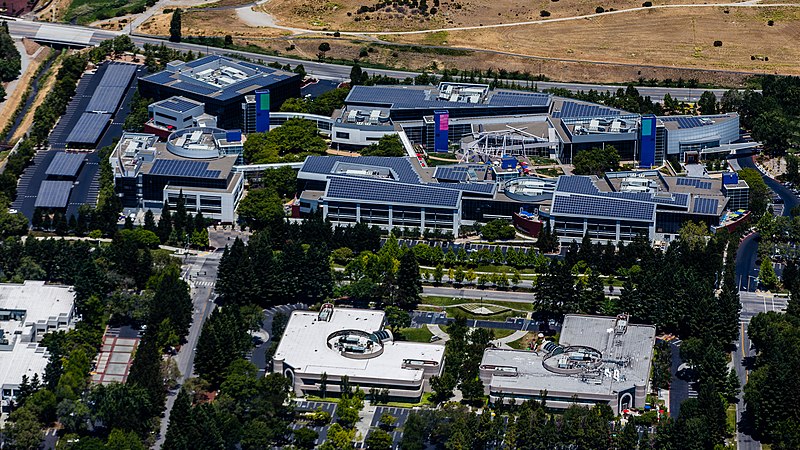Forget measuring carbon emissions and counting blocked Muni buses. The real meaning of the Google bus is the deeper illness it reveals – a co-dependent relationship in which sprawl and gentrification reinforce each other.
Tech companies don’t run buses just to please their city-loving engineers. Silicon Valley land use makes them do it.
The Valley’s upscale towns welcome prestigious firms like Google and Apple. Their offices yield ample tax revenue, and residents like the short commute. But housing those who work there is another matter. Zoning keeps apartments out – they would dent the exclusivity of single-family suburbs – and new hires are forced into long commutes.
This building pattern creates a transportation problem. In sprawling suburbs transit attracts few riders on its own; it’s rarely as convenient as the automobile. But the roads couldn’t handle all the traffic if everyone drove long distances to the big office complexes. Local governments insist that companies must make active efforts to entice their employees out of cars.
Thus the Google bus. But the bus can’t go just anywhere. Sending it to Los Altos Hills or Atherton would be a wasted effort, because houses there are too far apart for riders to gather at a stop. Mass transit needs masses, and the bus travels to the densely packed neighborhoods of San Francisco.
There’s no conspiracy here. Younger software engineers, like lots of people their age, enjoy urban living, and they’re moving to the city on their own.
What the bus does is let Silicon Valley keep this trend at bay. The Valley preserves the suburban look of its towns by building offices without housing their occupants. The workforce, unable to find the walkable neighborhoods they want near their jobs, flocks to the ones in San Francisco.
The influx drives city rents up, turning run-down districts into islands of affluence. City-dwellers, attacking the symptom of the disease rather than the cause, limit new building and send housing prices even higher. An exclusionary arms race ensues, and a growing population is pushed into the farthest reaches of the metropolis
Gentrification enables sprawl, and sprawl begets more rapid gentrification. Neither can be controlled without breaking the cycle. City and suburb alike should embrace the urbanism that is in such great demand and in such short supply by creating walkable neighborhoods for everyone who wants to live in one.
Ben Ross is the author of the new book Dead End: Suburban Sprawl and the Rebirth of American Urbanism. He will speak at a SPUR lunchtime forum about his book on May 1.





